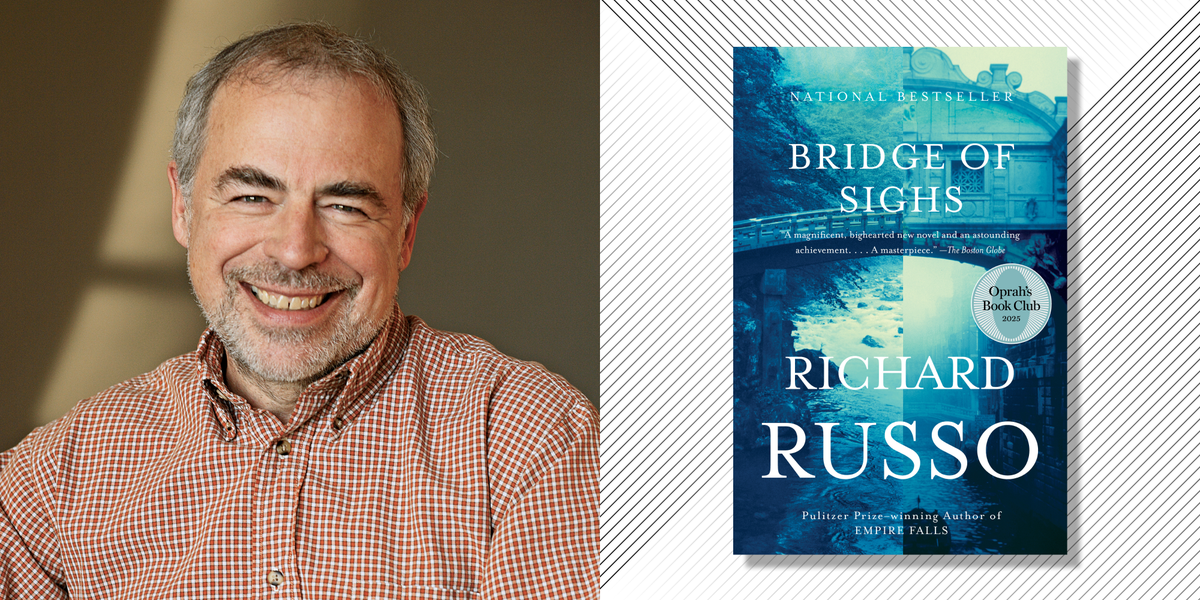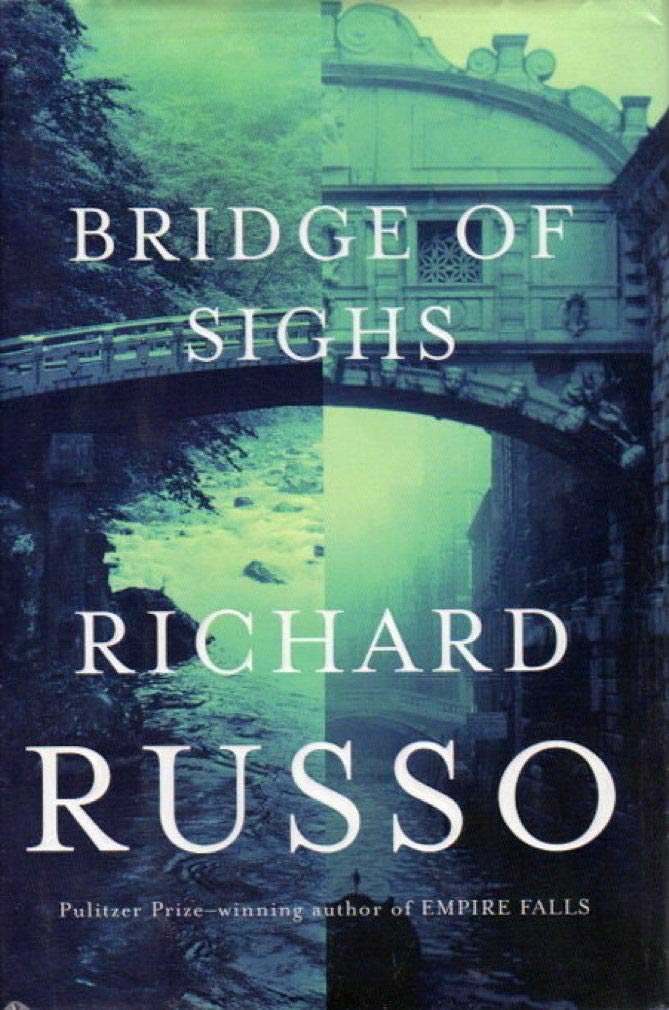My father was Louis Patrick Lynch—Big Lou, to his friends. In christening me Louis Charles—the Charles for my mother’s father—they meant for me to be called Lou as well, though I’ve been known all my life by the nickname given to me on the first day of kindergarten at Cayoga Elementary School. Miss Vincent’s roll sheet contained her students’ first names, their middle initials and, of course, their surnames. If that’s what she’d read that first morning—Louis C. Lynch—I suspect I’d have had a different childhood, though if she hadn’t made the mistake, maybe somebody else would’ve later. She knew my father, and you couldn’t blame her for assuming I was called Lou, and if she’d said “Lou Lynch,” everything would have been fine. But for some reason, she also chose to read my middle initial. Lou C. Lynch was the name she called, and when she did, I raised my hand. The other children turned to look at me, and I could tell by their puzzled looks that something had occurred, something I alone had missed. Even then, all might have been fine if Miss Vincent had simply noted my raised hand and proceeded down her list to the next name. Instead, she paused, her ear registering what her eye had missed, and in her hesitation, that empty beat, someone said, “His name’s Lucy?”
After school, I told my mother how everyone had laughed at me, that I’d been called Lucy all day. She nodded and sighed, conceding sadly, “Children are cruel. Don’t let them know it hurts your feelings, and they’ll forget.”
“How?” I asked, meaning how could I keep them from knowing.
Thomaston, New York, is a place you’ve never heard of, unless you’re a history buff, an art lover or a cancer researcher.
“Laugh along with them,” she suggested. She must have suspected that this would be impossible for me, and my father must have known it, too, because when I told him the story that evening, his eyes were instantly full. “For heaven’s sake, Lou,” my mother said when she saw this. I don’t know whether he felt bad about the derision I’d endured my first day of school or guilty because in naming me he and my mother hadn’t anticipated what might happen or whether he’d understood what my mother did not—that my schoolmates would never forget, never tire of the joke, and that I’d be known for the rest of my life as Lucy. As I have been.
Thomaston, New York, is a place you’ve never heard of, unless you’re a history buff, an art lover, or a cancer researcher. The town was named for Sir Thomas Whitcombe, of French and Indian War fame. Our other claim to fame, Robert Noonan, the painter, grew up in Thomaston, though he left when he was barely eighteen and has lived his adult life abroad.
Otherwise, as I say, you’re unlikely to have heard of Thomaston, unless you work in medical research, in which case you may remember the now-famous study done years ago to explain why our cancer statistics were off any actuarial chart. The principal culprit was, as we all suspected, the old tannery, boarded up these last forty years, which dumped its dyes and chemicals into the Cayoga Stream, which meanders through most of Thomaston before finally emptying into the Barge Canal five miles to the south. Throughout my youth, the Cayoga ran different colors, according to that day’s dye batch. Red, of course, for those who know their history and are susceptible to metaphor, was the most unnerving. Historians will recall that the Adirondack headwaters of our modest stream were the site of the Cayoga Massacre the year before the start of the American Revolution. For reasons largely obscured by time, a garrison of soldiers from then largely Dutch Albany was en route to Montreal when a band of Mohawks, stirred up by local Tories, fell upon them. Completely surprised by the ambush, two hundred men were butchered in a matter of hours. According to local legend, so much blood was shed that the Cayoga ran red down from the Adirondacks and through the farmlands to the south all the way to Albany, though this last is likely a political statement.
Some have suggested that the owners of the old tannery, having exterminated everything in a living stream and poisoned the people along its banks, should all be behind bars, and they may be right, but it’s worth remembering that this same tannery sustained our lives for more than a century, that the very dyes that had caused the Cayoga to run red every fourth or fifth day also put bread and meat on our tables. When I was a boy, people were afraid only when the stream didn’t change color, because that meant layoffs and hard times would soon follow. Without admitting it, however, everyone was wary of the stream, and those who could afford to built homes away from its banks. When the cancer study was published, it merely reinforced the wisdom of our common practice. The nearer you lived to the Cayoga, the more likely that you’d contract cancer, even the most exotic varieties of which are represented in unnatural abundance.
Can it be that what provides for us is the very thing that poisons us? Who hasn’t considered this terrible possibility?
Bridge of Sighs, by Richard Russo
From BRIDGE OF SIGHS© 2007 by Richard Russo. Excerpted by permission of Vintage, a division of Penguin Random House LLC. All rights reserved. No part of this excerpt may be reproduced or reprinted without permission in writing from the publisher.
Related Stories
Charley Burlock is the Books Editor at Oprah Daily where she writes, edits, and assigns stories on all things literary. She holds an MFA in creative nonfiction from NYU, where she also taught undergraduate creative writing. Her work has been featured in the Atlantic, the Los Angeles Review of Books, Hyperallergic, the Apple News Today podcast, and elsewhere. You can read her writing at charleyburlock.com.



